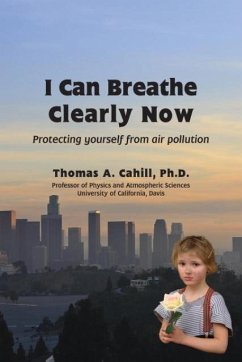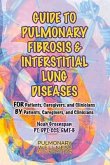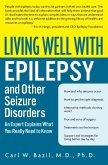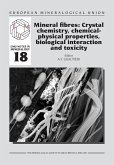Author Thomas A. Cahill, an internationally recognized physicist and atmospheric scientist from the University of California, Davis, applies the best current science in exploring serious, even lethal, health threats ignored by air pollution agencies. Written for non-scientists and spiced with humor and previously untold stories, this book also exposes other widely exaggerated threats that in fact are not serious. Cahill gives readers the tools enabling them to reduce their risk of exposure to contaminants. No one but Cahill could have written this book, because he has been pivotal in environmental pollution for five decades. His groundbreaking research findings have influenced landmark health-protection policies - as well as rankled inflexible bureaucrats, corporate executives and even two U.S. presidents. Through meticulous measurements and analysis, Cahill and his students played a key role in mandating automotive catalytic converters in California, helped prevent a coal-fired power plant from polluting the Grand Canyon, and forced unwilling federal agencies to adopt measures to protect workers at the site of the collapsed World Trade Center. Cahill now is tracking Greenland ice cap aerosols and climate for the National Science Foundation, and the Department of Justice has commissioned him as a consulting expert for a massive toxic cleanup in Los Angeles.
Hinweis: Dieser Artikel kann nur an eine deutsche Lieferadresse ausgeliefert werden.
Hinweis: Dieser Artikel kann nur an eine deutsche Lieferadresse ausgeliefert werden.








